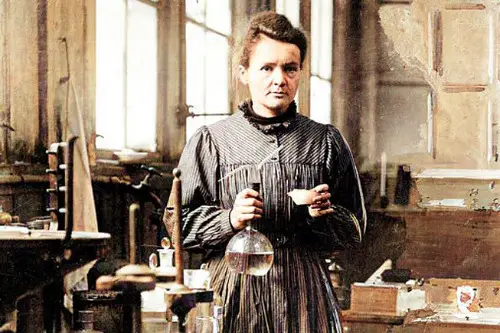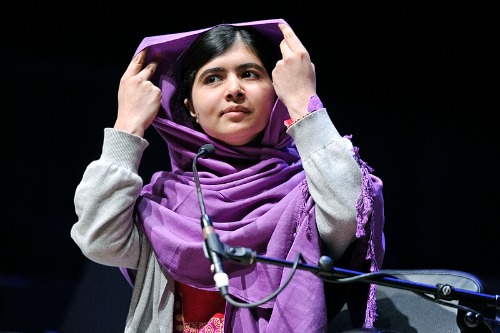The rules of society often come with an unspoken disclaimer: they are made to maintain order, not to be unquestioned. History is full of moments when individuals—often women—dared to challenge these boundaries. By breaking the rules, they didn’t just defy expectations but reshaped our understanding of what’s possible. Let’s delve into the lives of three remarkable women who lived boldly and proved that the best way to change the game is to play it your way.
Harriet Tubman: Redefining Freedom, One Step at a Time

Imagine the risk of stepping into the unknown, not just for yourself but for others. Harriet Tubman knew that freedom wasn’t something you waited for—it was something you fought for. Born into slavery in Maryland around 1822, Tubman escaped bondage and could have stayed safely in the North. But the rules of safety didn’t apply to her.
Tubman’s extraordinary courage and ingenuity led her to become the most famous “conductor” on the Underground Railroad. She returned to the South multiple times, guiding more than 70 enslaved people to freedom despite the ever-present danger. The “rules” of the time were clear: slaves were property, and helping them escape was not only illegal but life-threatening. Yet, Tubman saw a higher rule—one of humanity, justice, and faith.
Her genius extended beyond the Underground Railroad. During the Civil War, she served as a spy and scout for the Union Army, becoming the first woman to lead an armed expedition. She guided a raid that freed over 700 enslaved people, earning her the nickname “General Tubman.” Harriet Tubman didn’t just break the rules; she redefined what a woman, especially a Black woman, could achieve during one of the most oppressive periods in American history.
Her legacy is a testament to the idea that breaking the rules isn’t just rebellion—it’s vision. Tubman dared to imagine a world where everyone deserved freedom, and she fought to make it a reality.
Marie Curie: Smashing Glass Ceilings in a Male-Dominated Lab

The rule in science for centuries was straightforward: it was a man’s world. Women weren’t expected to dabble in complex disciplines like physics and chemistry. Enter Marie Curie, a Polish-born scientist who not only shattered those expectations but completely rewrote the rulebook.
In the late 19th and early 20th centuries, science was an elite club that rarely admitted women. When Curie enrolled at the University of Paris, she was one of the few women among her peers. Despite the social and institutional barriers, she excelled, earning her degrees in physics and mathematics. But Curie didn’t stop at merely participating in science—she transformed it.
Together with her husband, Pierre, she discovered two new elements, polonium and radium, and coined the term “radioactivity.” When Pierre passed away, many assumed her groundbreaking work would end. Instead, Curie pressed forward, becoming the first woman to win a Nobel Prize—and the only person to win in two different sciences, physics and chemistry.
Curie faced immense resistance. Laboratories were hesitant to accept her; male colleagues often doubted her capabilities. But Curie broke the “rules” of her time, not by seeking approval but by letting her work speak for itself. She once said, “I was taught that the way of progress is neither swift nor easy.” Her journey exemplifies this.
Her discoveries have had a profound impact on medicine and science, laying the groundwork for X-rays and cancer treatments. Curie’s life is a shining reminder that the greatest breakthroughs often come from those who refuse to let societal norms dictate their potential.
Malala Yousafzai: A Modern-Day Rule Breaker Fighting for Education

Some rules seem insurmountable because they’re enforced with violence and fear. That was the reality Malala Yousafzai faced growing up in Pakistan’s Swat Valley under Taliban control. By the time she was 11, the Taliban had banned girls from attending school, stripping them of their basic rights. But Malala wasn’t willing to accept a life of silence and submission.
She began blogging for the BBC under a pseudonym, detailing the harsh realities of life under the Taliban and advocating for girls’ education. Her voice, amplified through her writing and public speaking, became a beacon of hope and resistance. But speaking out came with a price. In 2012, at just 15 years old, Malala was shot in the head by a Taliban gunman while riding home from school.
Remarkably, she survived. Instead of retreating, she emerged stronger, becoming a global symbol for education and women’s rights. By the age of 17, Malala became the youngest recipient of the Nobel Peace Prize. She co-founded the Malala Fund, an organization dedicated to ensuring girls worldwide have access to education.
Malala’s story proves that rule-breaking isn’t always about loud defiance; sometimes, it’s about persistence and courage in the face of unimaginable obstacles. She defied not just cultural norms but physical violence to stand up for what she believed in. In her words, “One child, one teacher, one book, and one pen can change the world.” And she continues to embody that belief every day.
Breaking Rules to Build a Better World
What ties these women together is not just their remarkable achievements but their willingness to defy the rules imposed upon them. Harriet Tubman, Marie Curie, and Malala Yousafzai didn’t break rules for the sake of rebellion; they did so to create a more just, equitable, and enlightened world.
Each of them reminds us that rules are often born of fear, bias, or tradition—and that they’re not always worth following. By stepping out of line, they changed the trajectory of history, leaving legacies that inspire us to question what boundaries we, too, are capable of breaking.
So, the next time you’re told “that’s just the way things are,” remember these stories. Remember that every great leap forward begins with someone bold enough to say, “Why not?” Rules may give us structure, but rule-breakers give us progress.
